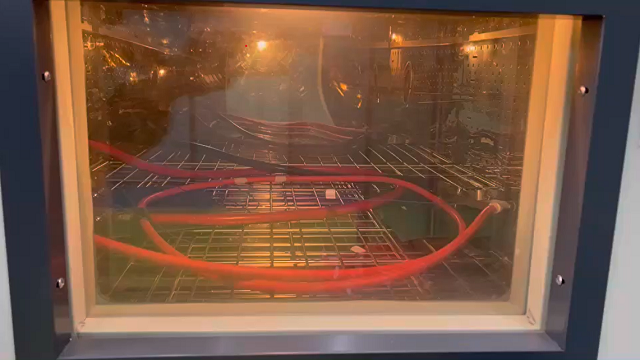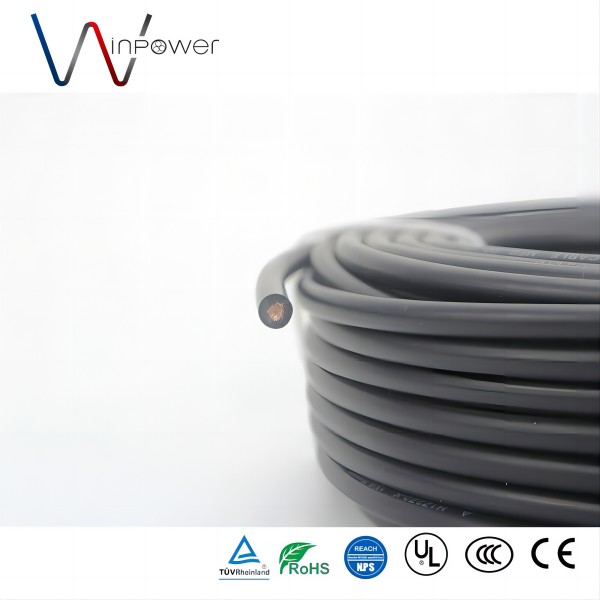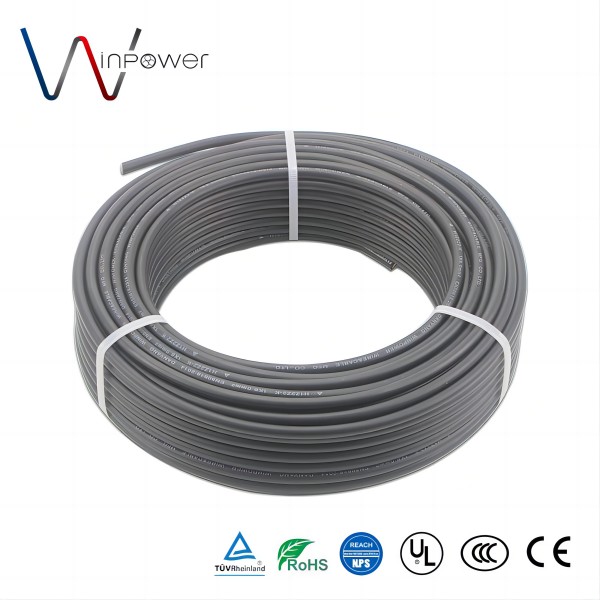Cables are silent but vital. They are lifelines in the complex web of modern technology and infrastructure. They carry the power and data that keep our world running smoothly. Their appearance is mundane. But, it hides a critical and overlooked aspect: their temperature.
Understanding Cable Temperature Rise Test
1. Define what a cable temperature rise test involves
The main goal of a cable temperature rise test is to measure temperature rise. It is done in a controlled setting. Engineers and researchers subject cables to set electrical loads, temperatures, and conditions. They carefully monitor how the temperature changes. Typically, the test involves placing the cable for examination in a controlled room. In this room, variables like temperature and airflow can affect the regulated conditions. Then, a known current is passed through the cable, simulating real-world operating conditions. Sensors measure the temperature along the cable. They provide data for analysis.
2. Discuss the variables involved, such as current, ambient temperature, and cable materials
Current: The heart of a cable temperature rise test is the flow of current through the cable. Electrons travel through a conductor’s path. They encounter resistance, making heat through Joule heating. The amount of heat generated is directly proportional to the current in the cable. Higher current makes more heat. This heat causes a larger temperature rise. Researchers can learn about the cable’s thermal behavior. They can also learn about its ability to handle different levels of power.
Another key variable is ambient temperature. It is the temperature of the environment around the cable as it operates. Temperature is key. It influences the thermal balance of a cable. It affects its baseline temperature and the rate at which heat is lost. Researchers can optimize the design for a specific environment. This ensures its reliability and longevity.
The cable’s material is key. It affects its thermal properties. Cables are made of different types, like copper, aluminum, or alloys. They vary in electrical and thermal conductivity. This affects their performance under load.
Importance in the manufacturing process
Performance Considerations: Electrical currents flow through conductive paths. They encounter resistance, which makes heat, a phenomenon called Joule heating. If not controlled, this heat can raise the cable’s temperature. It will affect its conductivity and insulation.
Durability and reliability are key. Higher temperatures speed up cable aging. This aging leads to insulation breakdown, conductor fatigue, and corrosion. Over time, this decay can hurt the cable’s strength. It raises the risk of downtime, delays, and safety hazards.
Safety is a concern. Higher temperatures harm cable insulation. This raises the risk of electrical failures, short circuits, and fires. By tracking temperature rise. And by adding thermal management, manufacturers can reduce these risks. They can also ensure that their employees have a safe workplace.
Optimizing Thermal Management is key. It lets makers get the most from cables, making them last longer. They can also minimize downtime and ensure stable production.
Driving Innovation and Efficiency: Researchers and engineers always explore new materials and methods. They aim to improve cable performance and reliability in industry. By pushing the boundaries of innovation, manufacturers can optimize their processes. They can also cut energy use and keep a competitive edge in the global market.
Summarize
We subject cables to controlled conditions. We measure their temperature changes. Cable temperature rise testing reveals vital data. It is key for designing robust electrical systems, optimizing manufacturing, and protecting infrastructure.
Post time: Jun-27-2024



